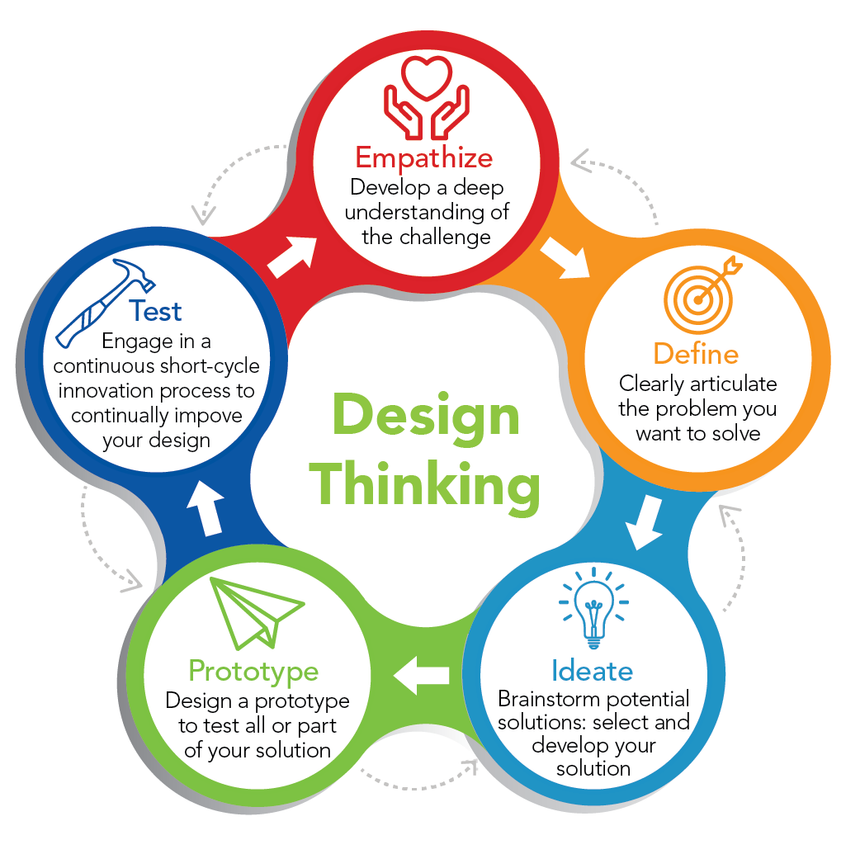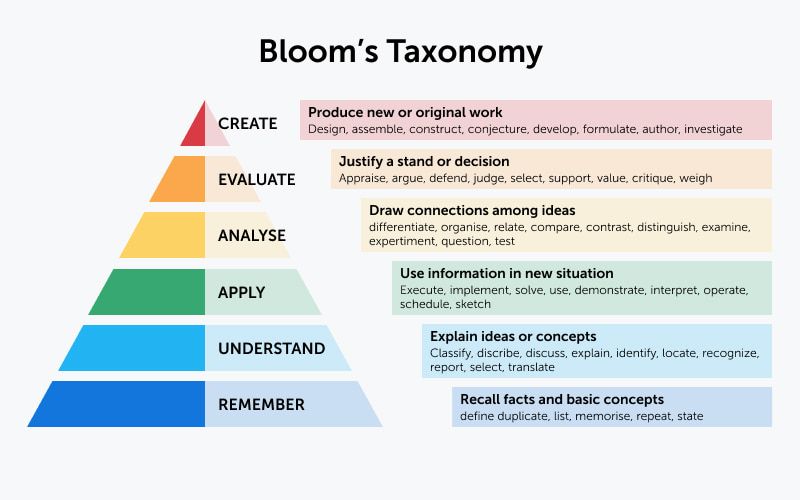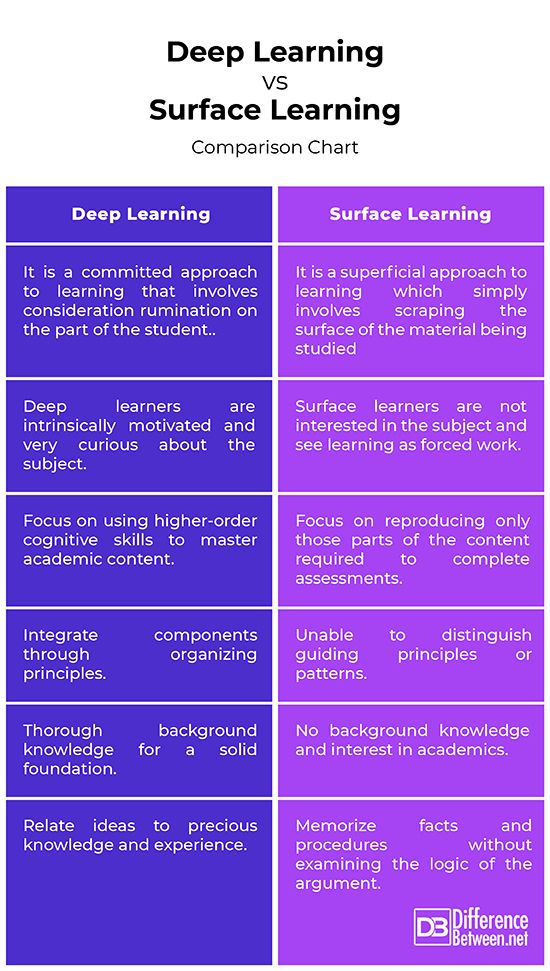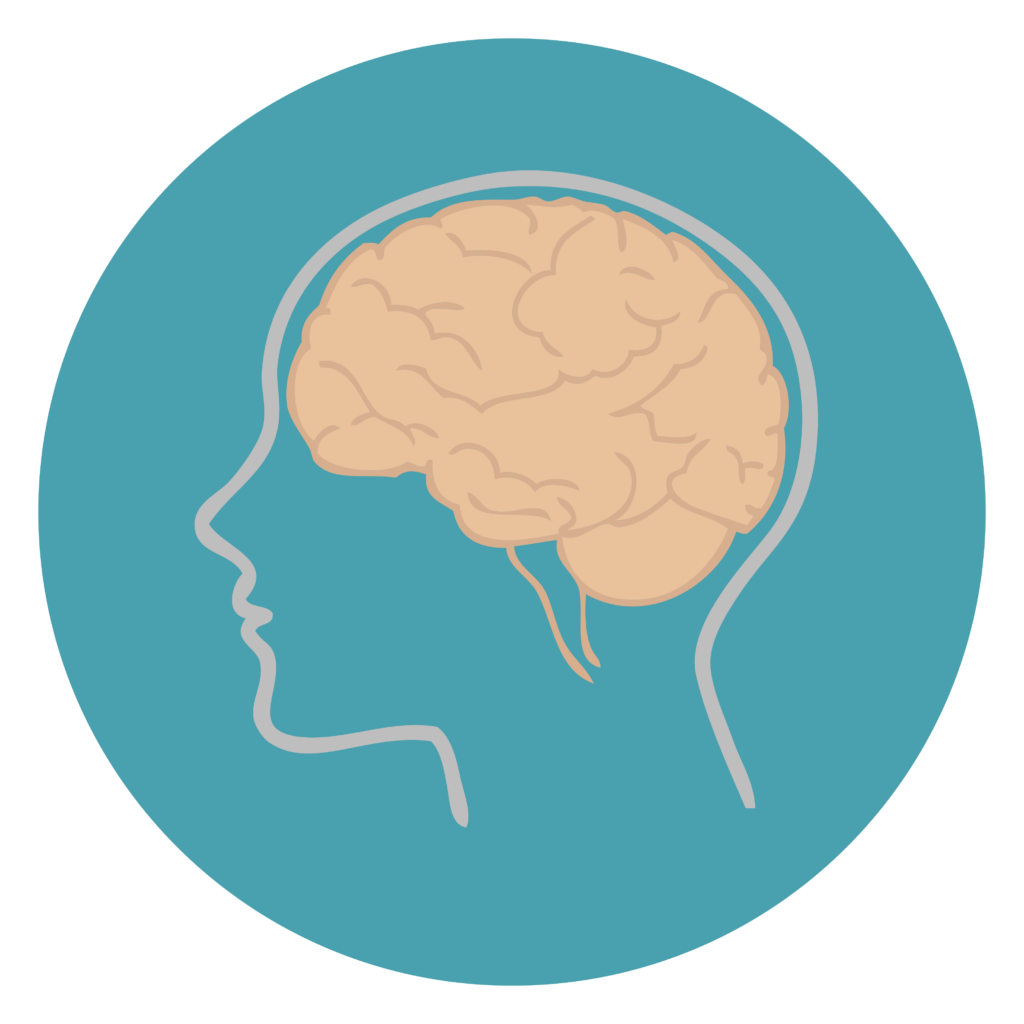Educators must design learning experiences that consider diverse learners, contexts, and abilities. Universal Design for Learning (UDL) and inclusive learning design create more equitable and effective online learning environments.
Universal Design for Learning (UDL)
UDL is the idea of offering multiple means of engagement, representation, and expression to meet the needs of all learners, instead of a single path. For example, students may prefer visual explanations, such as flowcharts and diagrams, where other students may learn better by reading and writing. UDL allows students to access materials in different formats, which supports the previously mentioned diversity. Educators can reduce barriers by predicting learner variability.
Inclusive Learning Design
Inclusive design is about guaranteeing that every learner feels seen, supported, and valued. Classrooms that represent different opinions and knowledge lead to better learning. For instance, inclusive teams produce finer products because different perspectives catch weak points early on in the project.
Educators can promote inclusion by:
- Using diverse examples and case studies that reflect multiple cultures and perspectives.
- Promoting collaborative projects where the background of each student contributes to the group’s understanding.
- Providing flexible assessment options so students can show their learning in ways that suit their strengths.
These strategies create a sense of belonging that motivates students to connect deeply with content. More on diversity and inclusive teaching at University of Delaware.
Synchronous and Asynchronous
Both synchronous and asynchronous activities fit with inclusive design. Synchronous sessions inspire collaboration and real-time feedback, which helps build community with each student. On the other hand, asynchronous components allow flexibility for students who may have different schedules or live in different time zones. A balanced design would include the option for students to choose how they participate in the class. For example, I find it very useful when I am able to watch pre-recorded lectures on my own time, but also join the actual lecture in case I want to ask questions and receive instant feedback. This flexibility supports accessibility and commitment.
Principles of Effective Online Education
Effective online education depends on clarity, alignment, and accessibility. Frameworks like UDL ensure that learning outcomes, activities, and assessments align meaningfully, so students always know what they are working toward.
Some key principles include:
- Clear structure: Modules should have consistent navigation and easy-to-follow organization.
- Accessible content: Use readable fonts, alternative text for images, and transcripts for videos.
- Interactive design: Embed quizzes into learning sections, simulations for learners to experiment with.
Online learning becomes more functional and motivating when these principles are in place.
Interaction and Presence
Interaction and presence can turn online learning from feeling isolating to engaging. Similar with a development team, success stems from good communication and feedback loops. There are three main layers of interaction which are as follows: student-content, student-student, and student-instructor. Student-content interaction allows students to experiment and learn by doing. Next, student-student interaction helps learners share insights and problem-solving strategies. Finally, student-instructor interaction make learning feel human and responsive. These levels of presence raise engagement, motivation, and inclusion, promoting that every student feels part of the learning community.
Designing inclusive and engaging online learning experiences requires understanding, adaptability and continuous improvement. Structures such as UDL and strategies for inclusive design remind educators that equity is built into design and not added after the fact.







